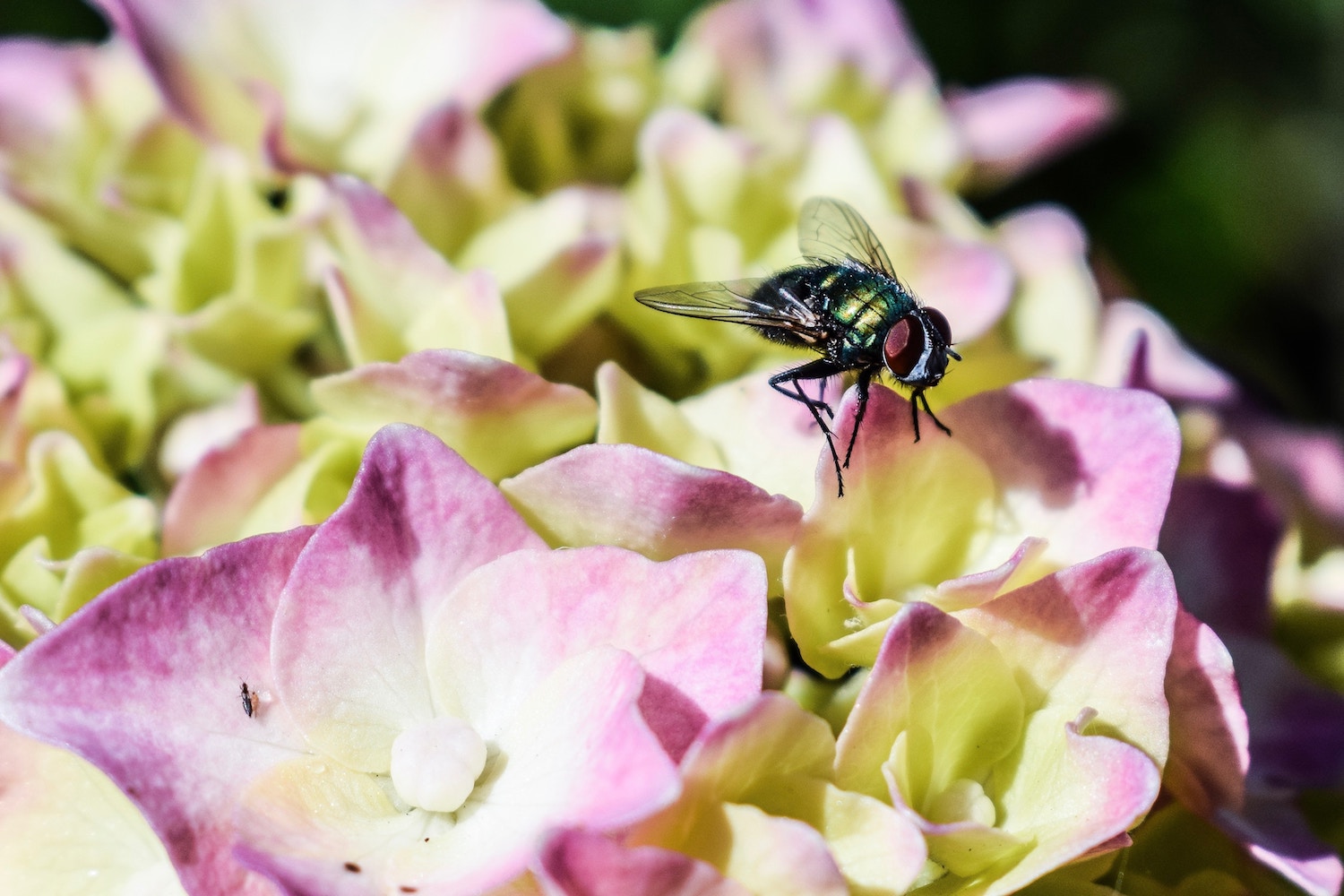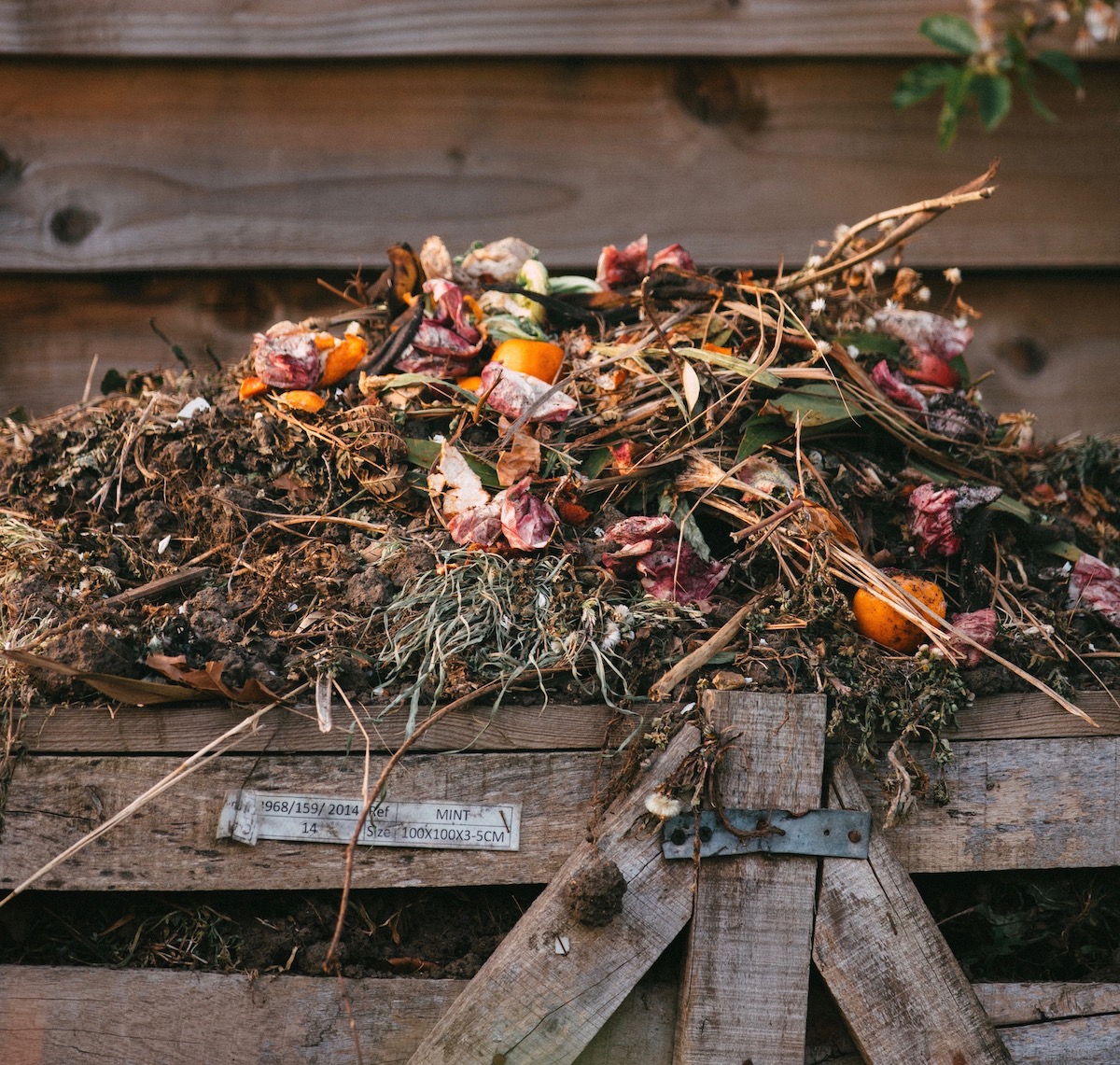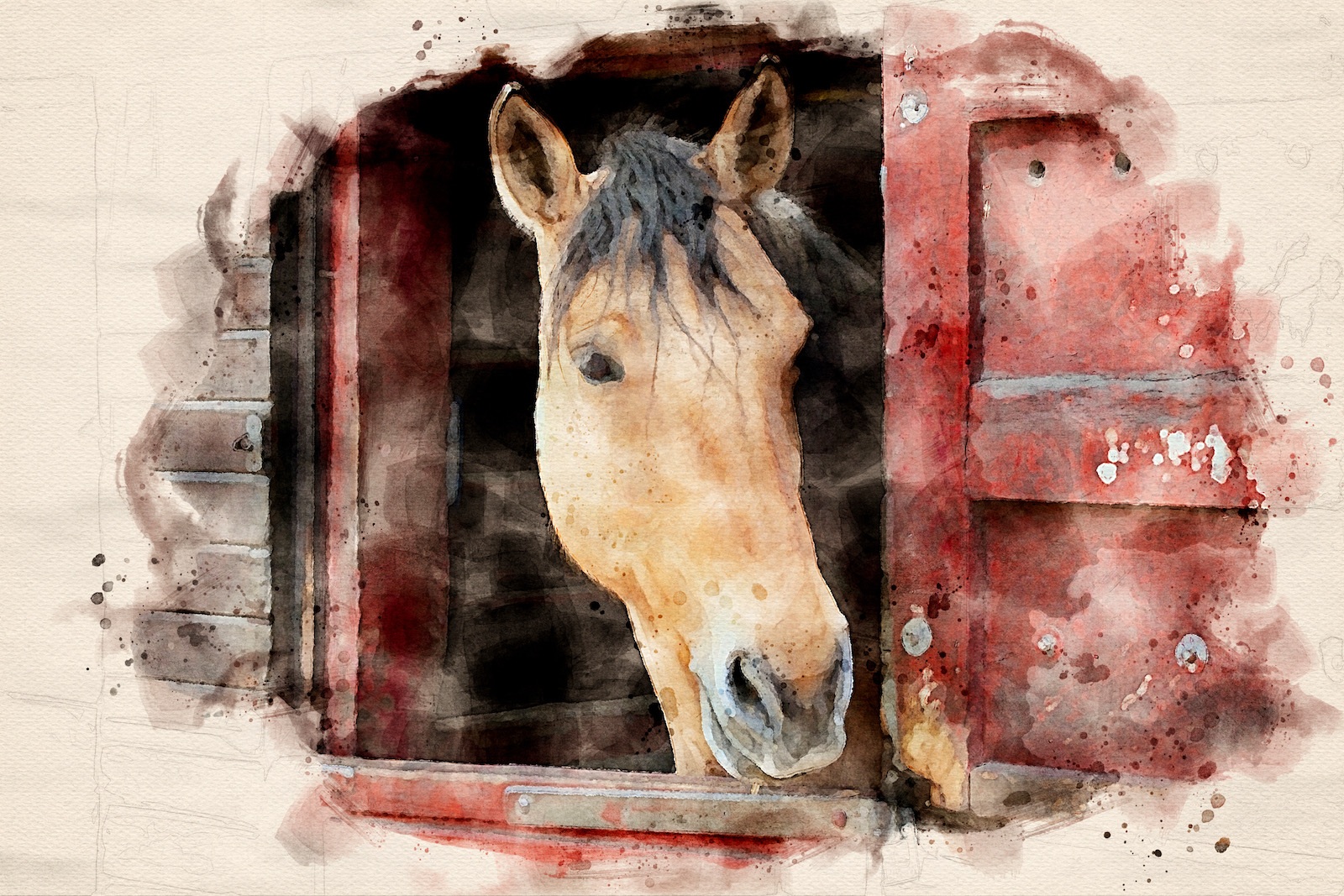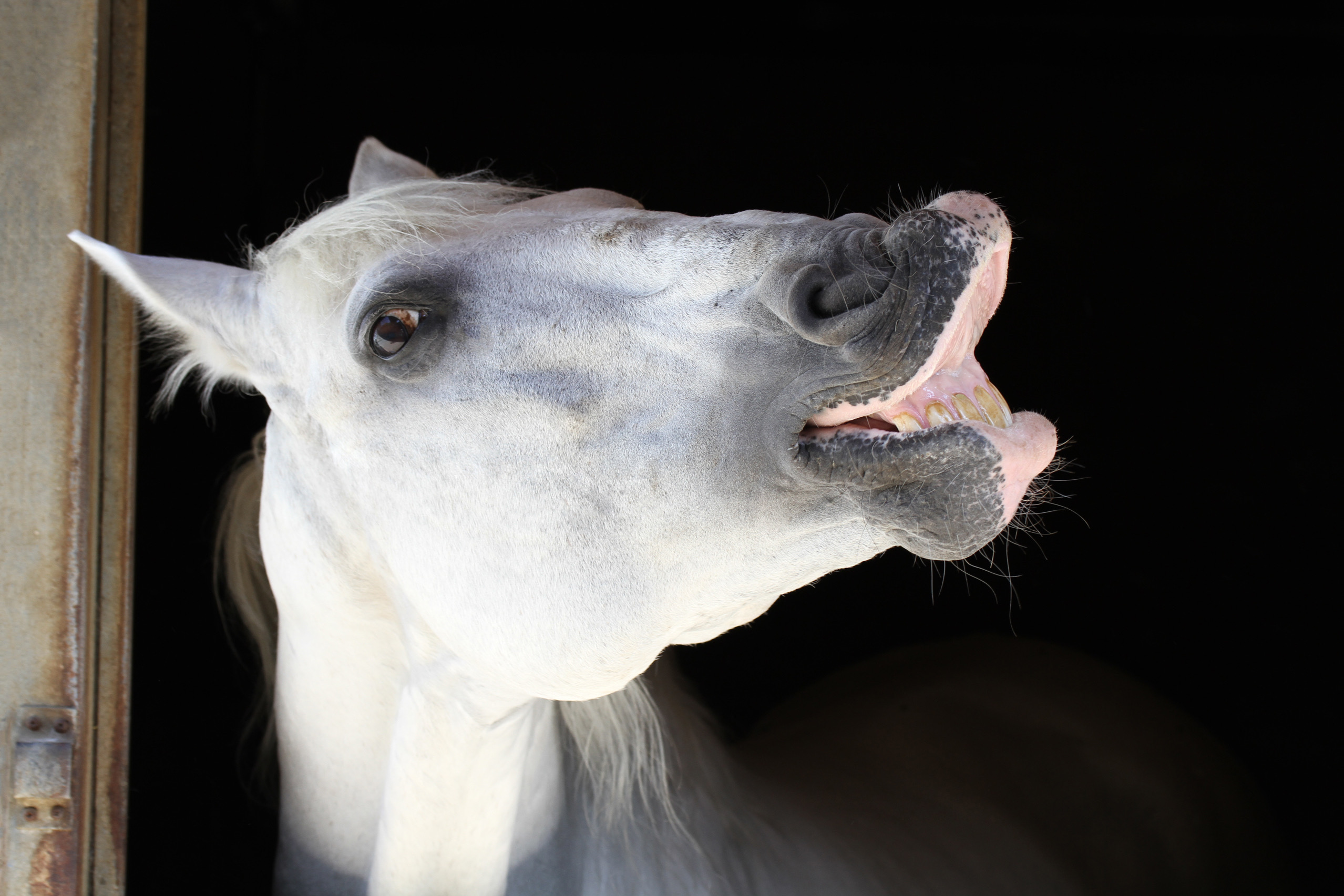True story: One of us walked into a barn recently to find a fellow rider in the tack room fetching flies from midair with a Dirt Devil. “The feed room is next!” she proudly exclaimed. While this creative attempt at fly eradication might result in immediate gratification, it is obviously not practical long-term, especially as fly infestations worsen over the summer. Many of us are already experiencing the “buzzkill” during our warm weather pastimes: flies ruin wooded trail rides, peaceful hand-grazes, and the joy of a cold one in the aisle at day’s end. More than a nuisance, flies transmit diseases, cause infections, and trigger a barn full of scratchers and stompers.
The severity (and ultimately, the start) of fly season depends on the weather that precedes it. According to Tom Spalding of Spalding Labs, the expert curators of Fly Predators, “For a majority of the country this year, a cold spring followed by substantial rain and a rapid rise in temperature not only delayed fly season, but it promises to be one of the worst in recent memory.” With this in mind, we scoured the interwebs and consulted with trusted sources (our OR network) to compile the best recommendations for fly control, and we did our best to source products free of synthetic chemicals. Most can be applied to both residential and agricultural environments, and all are far more effective when used together in a comprehensive regimen.
Finally, remember that nothing will eradicate flies completely, but a tidy barn is a good place to start.

Let nature do most of the work with a pesticide-free course of tiny-but-mighty insects that destroy the next generation fly population. A mixture of three to four species depending on the time of year, Fly Predators are completely safe and go virtually unnoticed. Sprinkle them wherever moist manure or rotting organic matter is present. For example, in the corners of stalls, near water troughs, compost, and in tall grass near manure piles. Watch how horse-powered Mackinac Island went virtually fly-free.

The Schwarzenegger of fly traps, this one-gallon jug is no joke. When mixed with water, the powder attractant dissolves into an appealing buffet that is irresistible to house flies, trapping up to 35,000! The traps are reusable (do not clean or rinse!) and include four water soluble pouches. However, emptying and refilling this trap is not for the faint of heart.

Take into consideration that fly traps are not one-size-fits-all, and evaluate the species of flies invading your space. This trap is designed for the aggressive biting stable fly seeking anything warmer than ambient sources. Stable flies are drawn to the trap’s shimmer in the sunlight, especially when placed two to three feet above tall grass, which is in direct line of their flight path. These traps are an inexpensive add-on to your overall fly control program.

Because we eat organic, live cleanly, and care about the environment…why douse our horses (and ourselves and everything else within a twenty foot perimeter) with pesticides and chemicals several times per day? This is an herbal fly repellant that actually works!
Required reading: Six secrets that fly spray manufacturers don’t always tell you.
Like other popular bloodsuckers, it’s rumored that insects don’t like the taste of garlic. If you can handle the smell, this is a great way to keep biting flies away from livestock, and it works on an individual basis, so there’s no need to feed it to the whole herd.
Fly Facts
You can outsmart flies with a basic understanding of their survival. Spalding shares these interesting tidbits:
First, fly parasitoid species kill breeding flies in their pupal stage before they can emerge as adults.
House flies lay four to six batches of 150 eggs each in their 28-day lifetime.
Fly traps only capture adult flies.
Placing odor fly traps IN or directly outside of the barn attracts flies TO the barn. Position odor fly traps at least 100 feet away and reserve the barn for sticky traps.
When left unattended, a single, moist round bale of hay can produce one hundredmillion adult flies.
House flies travel approximately one quarter of a mile, while stable flies can travel several miles, so don’t assume that your property is the only host.
Most important this year, for those of us in the U.S., June is the last month to kick-start a recipe for fly reduction before it becomes impossible to manage.










